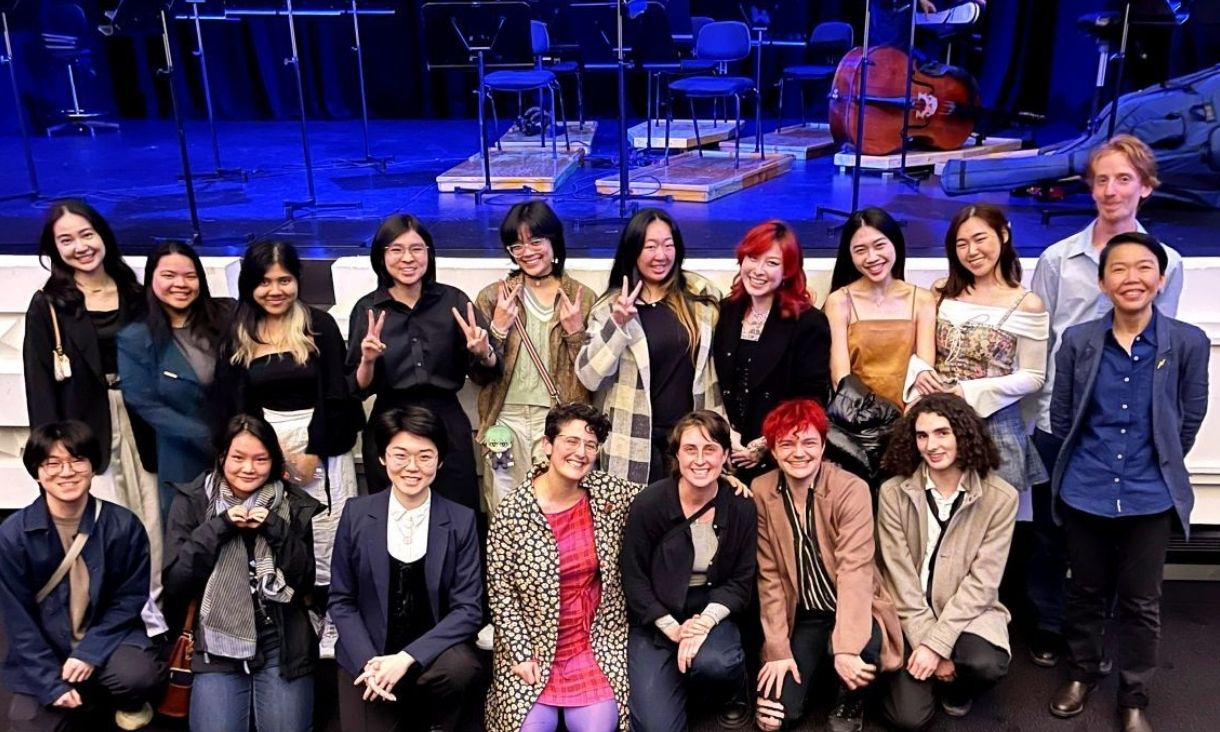While Chinese art has a long history of representing plants, it was during the Tang Dynasty (618-907) that honeybees started to be represented in poetry and painting, when formal beekeeping and the use of bee products in traditional medicine increased.
Prior to the Tang Dynasty bees were regarded with suspicion due to the capacity of some bees to sting, revealing how a positive aesthetic representation of bees developed with an improved understanding of the value of bees to our environment and well-being.
Bee sounds in art culture and music
The buzzing sounds and signals bees make have intrigued humans for centuries. Indeed, the “drone” music style popularised by the Beatles Tomorrow Never Knows in name originates from Old English words representing male bees.
To the ear, ancient instruments like Australia’s First Nations Didgeridoo, Scottish Bagpipes, and India’s Tanpura resemble the rich and mesmerising drone sound of bees, and the ethnic communities of Southwestern China made special bee drums to celebrate cultural links to bees.
Bee-inspired music and song vary to accommodate the wide variety of experiences and emotions humans attempt to convey. In Britain during the 17th Century, Charles Butler scored the angelic Melissomelos from his keen observations of bee “voices” and their societal structure.
In popular music, bees have been called upon to express human emotions, and explore musical dynamics and mastery.
Today, co-species collaborations like “Into” by the music group Be directly employ honeybee sounds to present new ways of making music, while also promoting the plight of the precious providers.
Bees and architecture
Bees are some of nature’s best architects. The hexagonal structures in honeybee hives have inspired building design and architecture throughout the world, as well as futuristic designs for Mars. These bee-inspired buildings are evidenced across time and cultures, and represent different design goals. In some cases, bee inspired architecture forms the most stable and efficient structures.
Other buildings aim to highlight the importance of bees to humans. For example the New Zealand parliament’s “beehive” building pays homage to the efficiency and cooperation of bees, and the experimental architecture of The Hive, which is a 14 metre aluminium lattice cuboid built to bring attention to honeybee decline. Modern designs such as these reflect the perceived value of living or working like honeybees.












